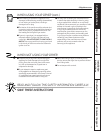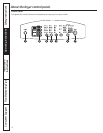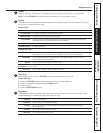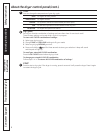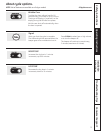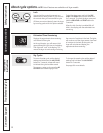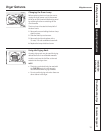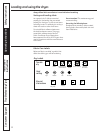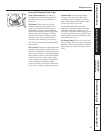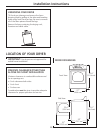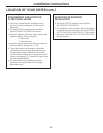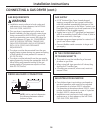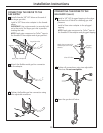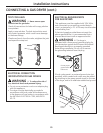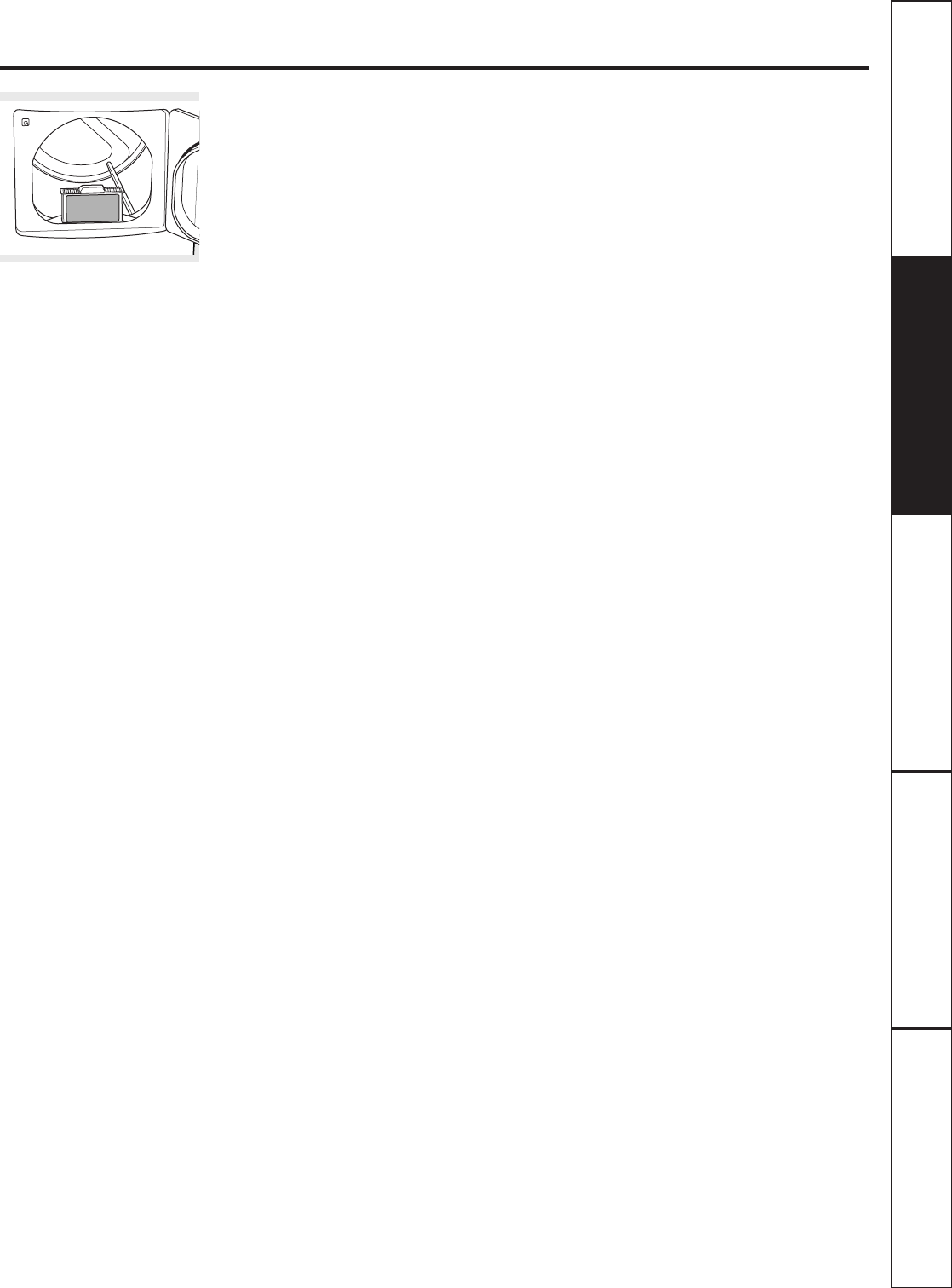
GEAppliances.com
13
Consumer Support
Troubleshooting Tips
Operating Instructions
Safety Instructions
Installation
Instructions
Care and Cleaning of the Dryer
Dryer Interior and Duct: The interior of
the appliance and exhaust duct should be
cleaned once a year by qualified service
personnel.
The Exterior: Wipe or dust any spills or
washing compounds with a damp cloth.
Dryer control panel and finishes may be
damaged by some laundry pretreatment
soil and stain remover products. Apply these
products away from the dryer. The fabric
may then be washed and dried normally.
Damage to your dryer caused by these
products is not covered by your warranty.
Do not touch the surface or the display with
sharp objects.
The Lint Filter: Clean the lint filter before each
use. Remove by pulling straight up. Run your
fingers across the filter. A waxy buildup may
form on the lint filter from using dryer-added
fabric softener sheets. To remove this buildup,
wash the lint screen in warm, soapy water.
Dry thoroughly and replace. Do not operate
the dryer without the lint filter in place.
Vacuum the lint from the dryer lint filter area
if you notice a change in dryer performance.
Stainless Steel: To clean stainless steel
surfaces, use a damp cloth with a mild,
nonabrasive cleaner suitable for stainless
steel surfaces. Remove the cleaner residue,
and then dry with a clean cloth.
The stainless steel used to make the
dryer drum provides the highest reliability
available in a GE dryer. If the dryer drum
should be scratched or dented during normal
use, the drum will not rust or corrode. These
surface blemishes will not affect the function
or durability of the drum.
The Exhaust Hood: Check with a mirror that
the inside flaps of the hood move freely when
operating. Make sure that there is no wildlife
(birds, insects, etc.) nesting inside the duct or
hood.



